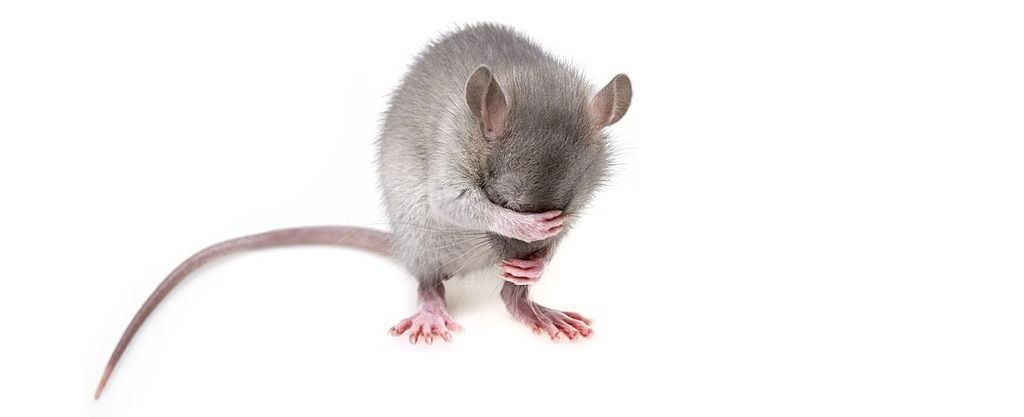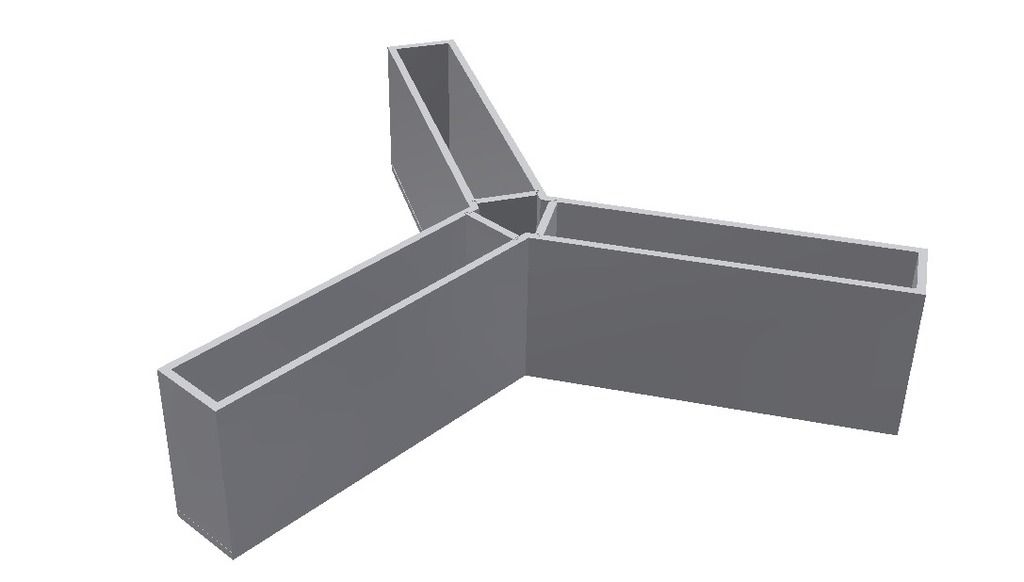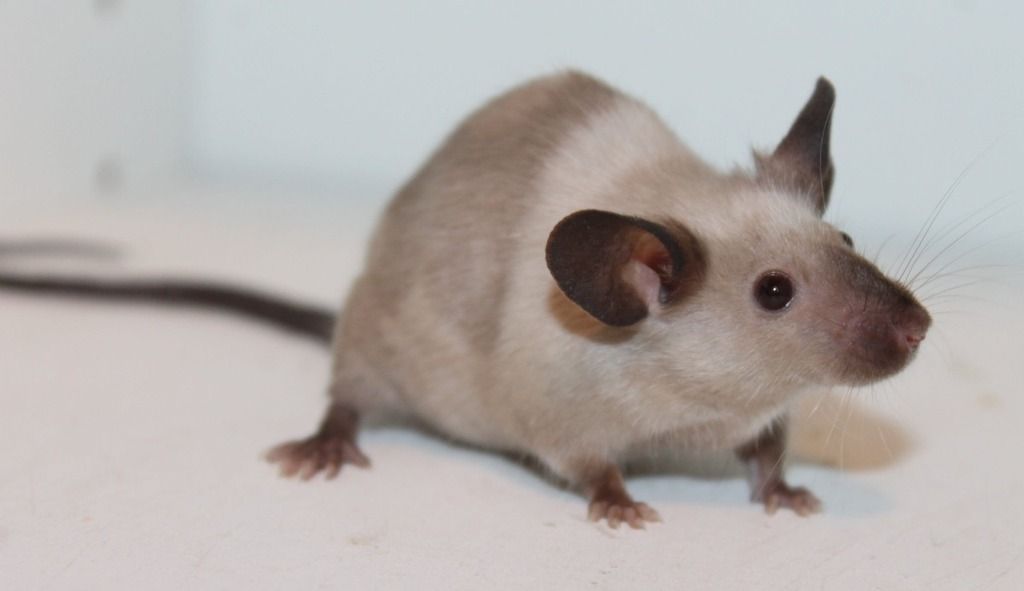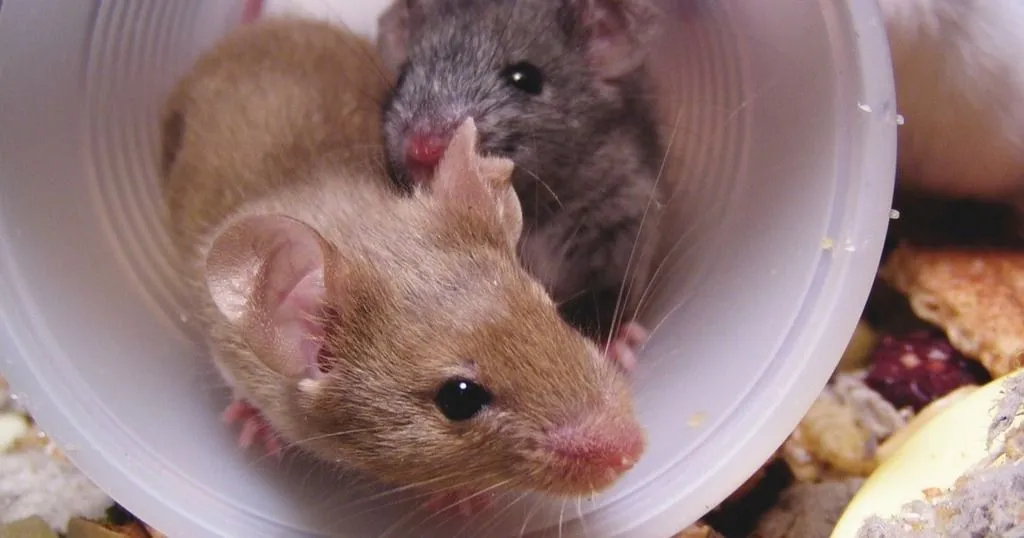WHY use a Y-maze? Automating learning and memory tests in rodents
Y-maze testing is exactly what you would think: a maze with three arms that maze rodents have to navigate on their way to food, shelter, or another reward. It is often used to test spatial learning, but why?
Posted by
Published on
Fri 17 Jun. 2022
Topics
| EthoVision XT | Learning And Memory | Mice | Rats | Video Tracking |

You are on a deserted island and you are hungry. As you start to explore the island you decide to go right side of the island and you find trees filled with fruit. You eat some, then return to your shelter for the night. The next day you wake up hungry again. Where do you go? Yeah, right. Because your spatial memory is functioning just fine.
In many neurological diseases, spatial memory is affected. Imagine you forgot where to turn right. Or, once you ate all the fruit, you forget to not return there because there is nothing left. Not so beneficial for your survival.

This basic principle is the base of the Y-maze test in rodents (and nowadays, also zebrafish). It is a way to study cognition and navigational strategies, something that is of great importance in discovering brain mechanisms and possible treatments for a wide range of disorders.
What is a Y-maze?
Like the names suggests, the Y-maze is shaped as a Y, consisting of three arms of the same length positioned at 120 degrees to each other. It is very similar to the well-known T-maze, but of course, a T is not a Y.
Like the T-maze, the Y-maze is often used to investigate spatial learning and memory in rodents. With this test, the animal can learn to get a reward by choosing the correct arm of the maze, or show its preference for a certain type of environmental cue, if it recognizes a novel environment, etc.
A maze shaped like a Y
Unlike the T-maze, the Y-maze has arms are at a more natural, 120-degree angle, making it easier for the animal to focus on the task at hand and making the test easier to learn. A decrease in learning time is an increase in test efficiency. Another added benefit is that the Y-maze is relatively small.

Cognition testing with the Y-maze
Many neurological impairments present with memory problems. Spatial or working memory can be affected in a large variety of disorders, such as Alzheimer’s disease and dementia, Parkinson’s disease, Attention deficit/hyperactivity disorder (ADHD), schizophrenia, substance abuse, autism, and stress-related disorders.
Examples of protocols with a Y-maze
The Y-maze offers several protocols to test the capability of drugs or other treatments to improve (or worsen) the cognition of rat or mice models.
Let’s highlight some examples of protocol you can use the Y-maze for:
Spatial memory testing
To test spatial memory, you can simple bait one of the arms with a food reward. After being able to freely explore the maze, the animal will discover the treat and eat it. At a later point in time, you place the animal back in the maze. If it remembered correctly, it will go straight to where it found food last time. Based on spatial cues in the environment, it might even know where to go from a different starting point.
To assess how well spatial memory is working, you can measure the amount of time it took the animal to enter the correct arm, and how many wrong entries it makes before that, for example.

Recognition memory test
A slightly different test without a food reward involves blocking off one of the arms while letting the animal explore the rest of the maze. At a later point in time, the animal is returned to the maze, now fully accessible, and the test is to see whether the animals recognizes there is a “new” arm and spends more time exploring it, similar to the concept of novel object/environment recognition testing.
Again, the number of entries into the new arm and the time spent there, compared to the rest of the maze is taken as a measure of memory functioning.
Spontaneous or continuous alternation test
Animals have a natural tendency to explore. This tendency is exploited in many maze-based tests, think of the plus maze for example, and this is no different for the spontaneous alteration test in the Y-maze. When allowed to explore the Y-maze freely, rats and mice tend to explore each arm instead of only returning to the same one. If they don’t, this can be a sign of a memory deficit in the hippocampus, septum, forebrain, prefrontal cortex or other parts of the brain.
During this test the number of times each arm gets visited, in what order, and how much time they spend there can be of importance. Usually, the percentage of spontaneous alternation is defined as the entry into the three different arms in concession, and this is used as a measure of working memory functioning.
Rewarded alternation test
Instead of letting the animal roam freely, you can bait one of the arms with a food reward. Only this time, we learn the rat or mouse to alternate. In other words, where the food was, it is now gone, so it has to go to another arm. To teach this to the animal, you block off the previously rewarded arm and bait another. Next, both arms are open and only the correct arm is baited.
Automating the Y-maze test
Arm entries are a really important measure in the Y-maze, and one is only counted with the animal moves all his four feet into that arm. How fast and how often each arm is visited, how much time the animal spends in each arm, the order of arm entries, are all important measures.
To greatly improve the efficiency of these tests, video tracking offers a great way to automate these observations.
FREE TRIAL: Try EthoVision XT yourself!
Request a free trial and find out what EthoVision XT can do for your research!
- A cost-effective solution
- Powerful data selection
- Most cited video tracking system
EthoVision XT and the Y-maze
With EthoVision XT the nose, center, and tail base of rats and mice is automatically detected and tracked. In EthoVision XT 16, deep learning was introduced for a very accurate detection of these body points. This is a very useful feature for tests such as the Y-maze, because only when all body points are detected in a specific arm, this counts as an entry.
With the new EthoVision XT, you can now increase throughput of your behavioral test by tracking 4 arenas simultaneously with our advanced deep learning tracking module. The software also measures latencies, durations, and the order of arm visits.
If you are interested in how this works, visit our EthoVision XT pages, contact us, or request a free trial!
Related Posts

5 proven ways to measure spatial learning in rodents

What is a placebo? And how does it work?
